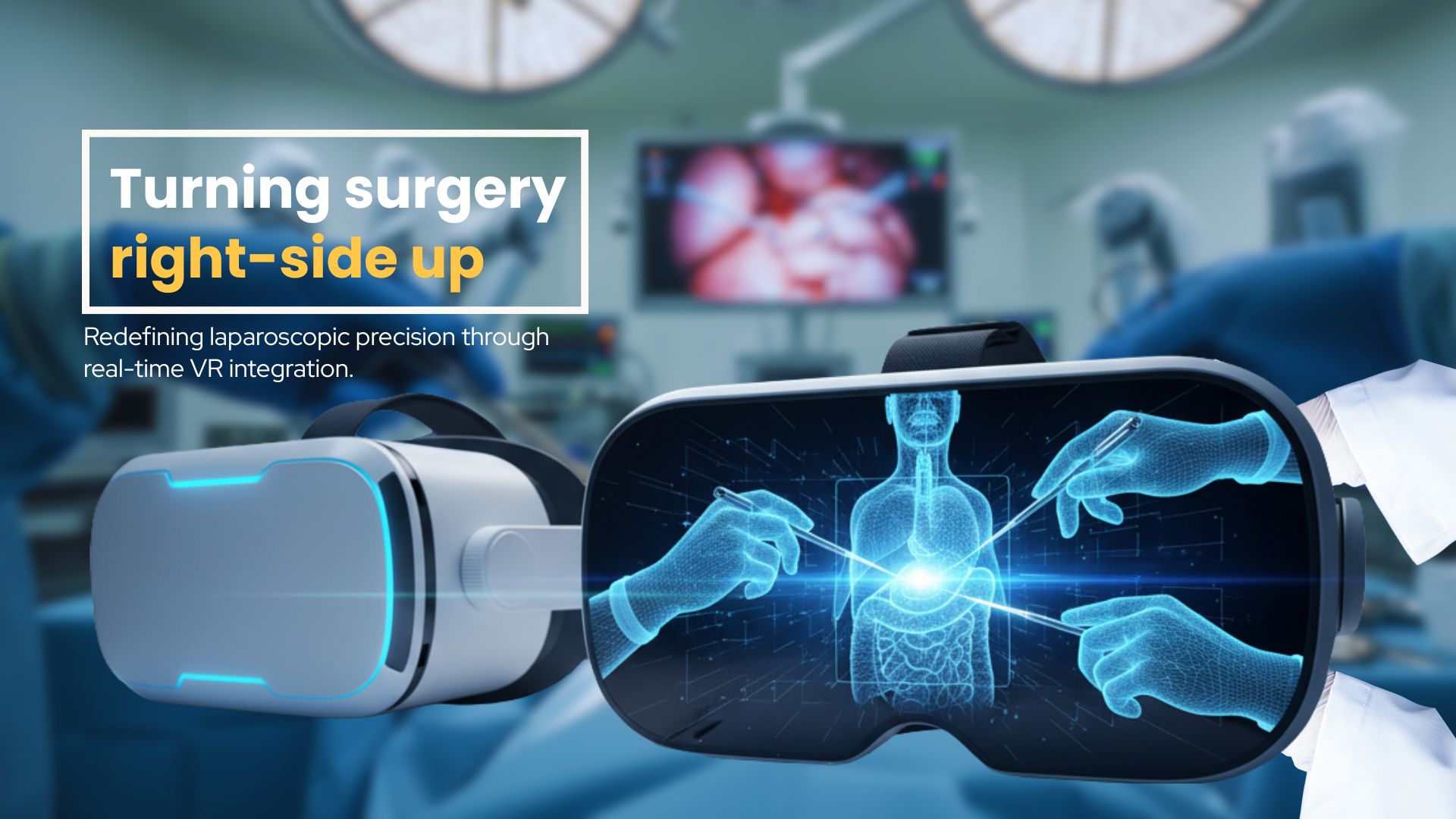
Many technological innovations for healthcare that support rapid and precise clinical diagnostics have come up in recent years, especially during the pandemic era. However, such innovations serve the true purpose of diagnostics only if they are easy to use and can be accessible in remote areas like Tier-2 and Tier-3 regions with relatively limited access to healthcare facilities. Take the case of pre-eclampsia (PE), a serious medical complication that occurs in pregnant women. It is characterized by high blood pressure, and organs like the liver and kidney are also damaged if not treated in time. Therefore, timely and accurate diagnosis is a must.
The usual method to detect pre-eclampsia is time consuming, requiring huge infrastructure and trained personnel, which makes this inaccessible to remote resource-limited settings. Therefore, there is an urgent need for an easily accessible, point-of-care (PoC) testing device, with 3S features (sensitivity, specificity and speed), for the diagnosis of pre-eclampsia.
In order to detect pre-eclampsia, tests using a biomarker called the placental growth factor (PlGF) are widely in use. This is because this biomarker peaks at 28 to 32 weeks in normal pregnancy, but in the case of women with pre-eclampsia, it decreases by 2 to 3 times after 28 weeks of pregnancy.

In this study, a multi-disciplinary team comprising of the authors Mr. Ratan Kumar Chaudhary and Dr. V. V. Raghavendra Sai from the Department of Applied Mechanics and Biomedical Engineering, Indian Institute of Technology Madras, Chennai, India, Dr. Narayanan Madaboosi from the Department of Biotechnology, Bhupat and Jyoti Mehta School of Biosciences, Indian Institute of Technology Madras, Chennai, India, Dr. Jitendra Satija from the Centre for Nanobiotechnology, Vellore Institute of Technology, Vellore, India, and Dr. Balaji Nandagopal and Dr. Ramprasad Srinivasan from Sri Sakthi Amma Institute of Biomedical Research, Sri Narayani Hospital & Research Centre, Vellore, India, have come together to develop a PoC testing using fiber optics technology as a possible alternative to detect pre-eclampsia in pregnant women.
An ultrasensitive plasmonic fiber optic absorbance biosensor (P-FAB) platform was chosen to detect PlGF in pregnant women. This technology conventionally uses glass optical fibers (GOF). But these are expensive, fragile, and involve laborious and precise fabrication steps. Therefore, polymeric optical fibers (POF) are used by this team as an alternative to GOF. POFs are easy to handle, robust, cost-effective, and flexible. For this, polymethyl methacrylate (PMMA) based surface modification on U-bent optical fibers was proposed. However, PMMA has poor antibody surface density due to its chemical inertness. Hence, a generation-4 poly(amidoamine) (G4-PAMAM) dendrimer has been proposed, with the advantages of being hyperbranched, monodispersed, globular, and a three-dimensional structure.
This is the first time that PAMAM dendrimer-based strategies have been reported for POF-based biosensing. The POF sensor probe-based P-FAB strategy was found to be highly promising for on-site pre-eclampsia diagnosis. The method was found to be cost-effective, easy to use, and the POF probes were disposable. This method could contribute towards the reduction of the global burden of mortality and morbidity from pre-eclampsia.
Dr. Uma Ram, Obstetrician and Gynaecologist, at Seethapathy Clinic and Hospital, Chennai, India, acknowledged the importance of this study with the following comments: “Preeclampsia is a significant contributor to maternal and perinatal mortality and morbidity. Screening for individuals who are at high risk for preeclampsia and initiation of preventive measures is now accepted standard of care. PlGF is a biomarker that is useful both at early and later stages of pregnancy. However, there are challenges with biomarker screening due to logistics of transport and costs.
This paper describes a rapid method of onsite screening using plasmonic fiber optic absorbance biosensor with the ability to identify women who are at high risk of PE. This is an exciting possibility which can make a significant change to saving lives once validated in clinical studies.”
Article by Akshay Anantharaman
Click here for the original link to the paper










